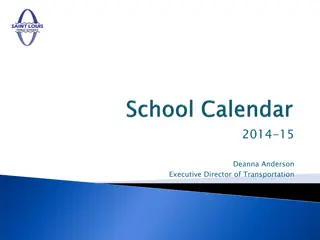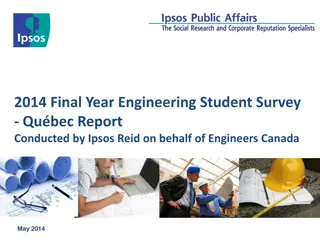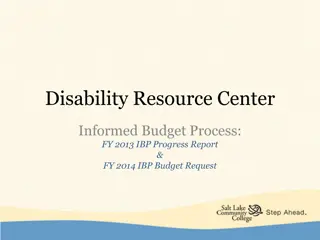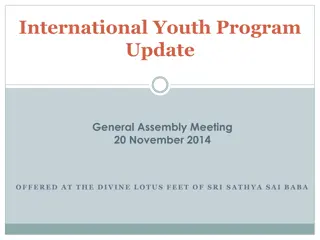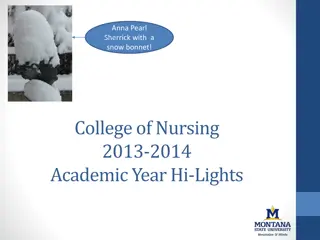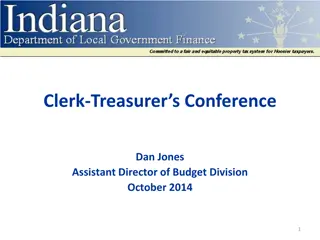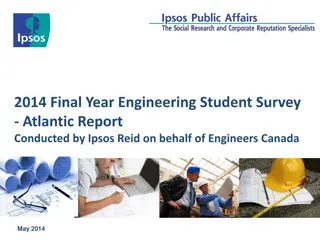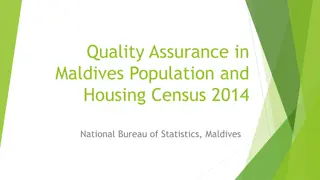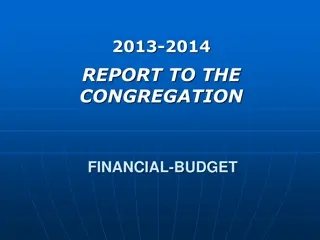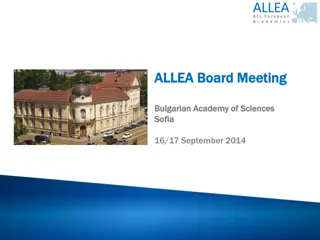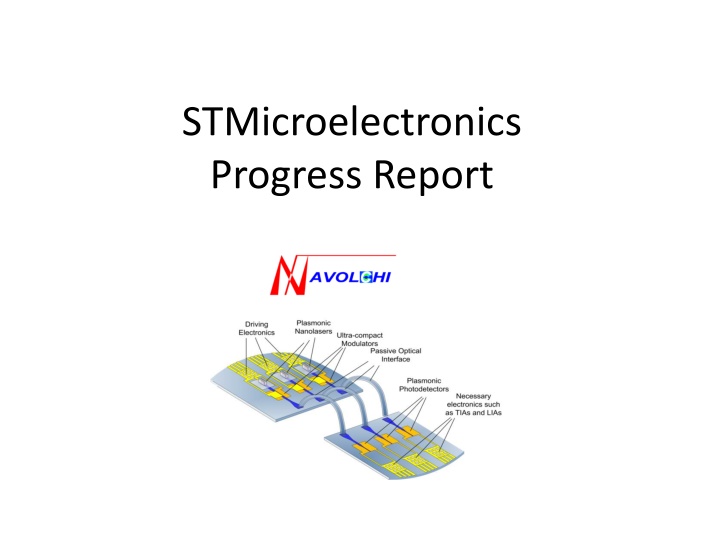
STMicroelectronics Progress Report: Recent Developments and Short-Term Plans
Discover the recent progress made by STMicroelectronics, including completed digital designs, FPGA mapping simplifications, and VHDL models for plasmonic devices. Learn about the challenges faced, such as resource reorganization and project continuity, and get insights into the upcoming short-term plans for verification and synthesis. Stay updated on the advancements in technology and project management within the semiconductor industry.
Download Presentation

Please find below an Image/Link to download the presentation.
The content on the website is provided AS IS for your information and personal use only. It may not be sold, licensed, or shared on other websites without obtaining consent from the author. If you encounter any issues during the download, it is possible that the publisher has removed the file from their server.
You are allowed to download the files provided on this website for personal or commercial use, subject to the condition that they are used lawfully. All files are the property of their respective owners.
The content on the website is provided AS IS for your information and personal use only. It may not be sold, licensed, or shared on other websites without obtaining consent from the author.
E N D
Presentation Transcript
STMicroelectronics Progress Report
Recent progress Completed digital building-blocks design and verification Completed plasmonic interconnect models and verification In order to simplify and speed up FPGA mapping, instead of the whole system (two DDCM modules) only PHY Adapter will be mapped and driven from external sources 2
NAVOLCHI demonstrator implementation (1/2) Board Plasmonic LASERs FPGA Bi- synchronous FIFO OBI Enc BI Enc Plasmonic modulators Ser Driver 89 89 90 3 4 4 4 Light beams Optical Bus Inverter (OBI) Encoder minimizes the number of ones in 89 bits data word in order to reduce the number of LASERs turned on Bus inverter (BI) encoder minimizes the Hamming distance between back to back 4 bits data words in order to minimize the switching activity of each LASER
NAVOLCHI demonstrator implementation (2/2) Light beams Board FPGA OBI Dec BI Dec Bi- synchronous FIFO Plasmonic detectors Des Comparators TIAs 89 89 90 4 4 3 4
VHDL Models of Plasmonic Devices Optical Power Optical Power Optical Power Current CMOS 0/1 Current 0/1 Plasmonic Waveguide Plasmonic Photodetector Modulator Driver Plasmonic Amplifier TIA Laser 4 4 4 4 4 4 4 G(>1) ?,G(<1) Ihigh 1 Ilow 0 Idark U P Ph Ihigh P > Pd Ilow P Pd Idark 1 Ihigh 0 Ilow U Idark I Ih Phigh I > Id Plow I Id Poff
Short term plan Full verification of VHD building-blocks and plasmonic component models (this week) Synthesis for FPGA of all VHDL building-blocks (this and next week, delayed for some HW failures) Deliverables (D5.4) and milestones (M34) forecasted for end of October suffered of some delay, related documents will be delivered within this week 6
Issues ISG (Interconnect Systems Group) has been closed and all its resources have been moved to MCD (Micro Controller Division) MCD has no interest in NAVOLCHI project, nevertheless ST doesn t want to leave the project at this stage MCD can guarantee only the completion of the digital parts design and the FPGA mapping, while board design and implementation for demonstrator cannot be carried out Activity and related budget has to be moved to another partner Not possible to attend the meeting in Eindhoven for heavy cost reduction 7

